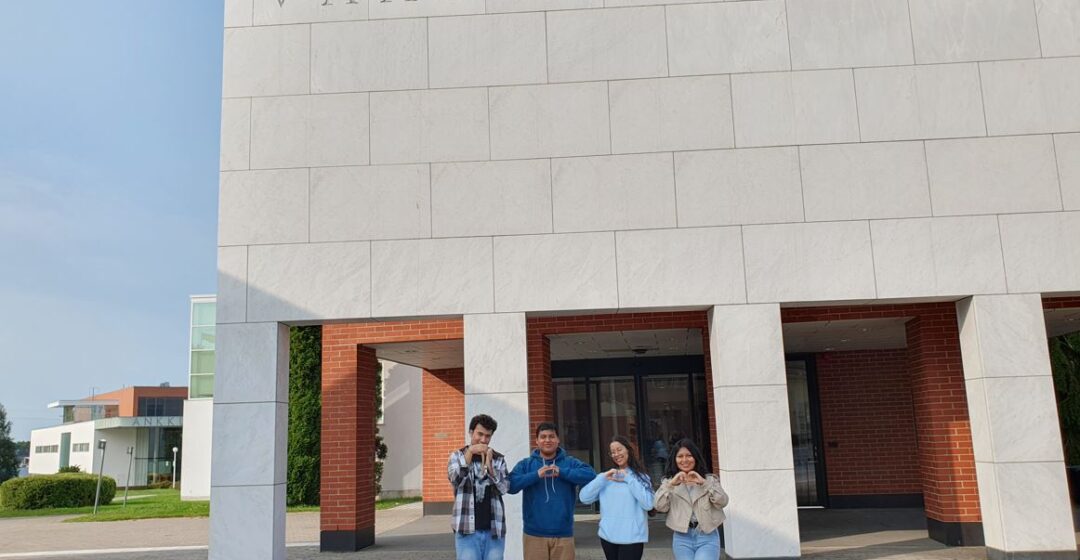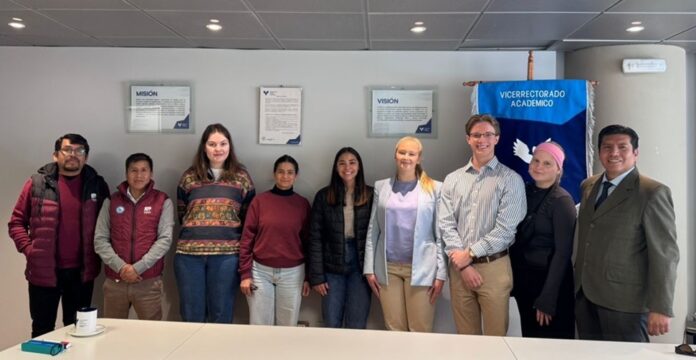Written by Mirella Rendon, Student at the PUCP, Peru, who visited the University of Vaasa summer 2024 for a short study abroad trip funded by the TFK2023
A Learning Journey in Vaasa
My adventure in Finland began in Vaasa, where I participated in the international summer course “Ideation and Venture Creation” offered by the University of Vaasa. This course was held at Wärtsilä, which provided a practical and direct connection with the industry. Through classes taught by experts, I gained a comprehensive understanding of the entrepreneurial process, from problem identification to ideation, evaluation, and presentation of ideas.
The course not only provided me with technical and methodological tools for entrepreneurship, but also gave me the opportunity to interact with classmates from different parts of the world. The discussions on environmental and social issues in Europe and globally made me reflect on the universal nature of certain problems. I remember saying, “The problems here in Finland aren’t as big as those in my country.” Yet, how inspiring it was to learn about different realities and discover various strategies for potential solutions!
I realized that while some problems can be addressed locally with nearby resources, others, such as environmental issues, are global concerns that can drive entrepreneurial initiatives. This perspective inspired and enriched my understanding of how local solutions can impact global challenges.

My Visit to the University of Vaasa
My visit to the University of Vaasa, with its expansive green campus by the lake, was particularly inspiring. The innovative educational practices and focus on sustainability make the University of Vaasa a recommended option for students, especially those from Peru who seek to combine quality education with a genuine commitment to the environment. I was also impressed by the university’s connection with companies like Wärtsilä and Mirka. This connection is significant for building strategic partnerships and developing new and existing solutions through research programs, workshops, joint classes, and more. This collaborative approach enriches both academic research and practical applications in the industry, fostering impactful innovations and bridging the gap between theoretical learning and real-world practices.

The Power of Self-Criticism in Corporate Sustainability
I have always known that self-criticism is the engine of true growth. It is a courageous act of reflection where we find opportunities to evolve, to adjust our course, and reach new heights. I believe that in the case of companies, it is key to their success, allowing them to be more agile, responsible, and committed to creating not only economic value but also social and environmental value. All of this came to mind when I visited Mirka, a company with a very solid business model and significant efforts to genuinely integrate sustainability.
What impressed me the most was their focus on circularity, which is reflected in their processes of reusing waste materials and converting waste into energy for production. Furthermore, the experiments they are conducting to make the most of the resources they already have shown a clear commitment to reducing environmental impact. However, I noticed that they did not try to project a perfect image; instead, they acknowledged the areas where they still have room for improvement. I feel that the challenge is ensuring that all suppliers, especially those in regions with less strict regulations on labor rights and sustainability, meet the ethical and environmental standards the company promotes.
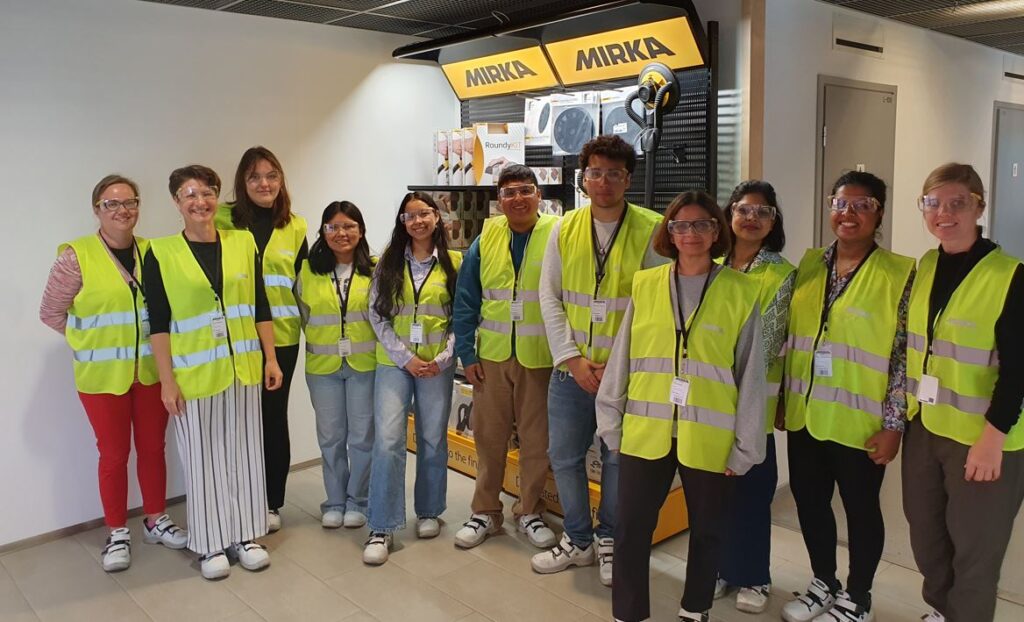
Now, I think it is important to ensure that sustainability practices are consistent at all levels of the supply chain. For me, in the majority of companies, transparency and proper traceability can help prevent greenwashing. This, in turn, builds credibility and trust with international stakeholders, including customers, investors, and regulatory bodies. A company that actively seeks to understand and address its weaknesses is better positioned to handle the complexities of international markets and align with local sustainability expectations.
It is crucial for a company to transparently communicate all the environmental impacts associated with a project. In the case of the Stora Enso building in Katajanokka, which is noted for its use of wood and its goal of carbon neutrality, this includes the transportation of materials, energy use during construction, and the impact on the local community. Complete transparency in these areas is essential to ensure that the project genuinely fulfills its environmental promises and does not merely use a “green” image to obscure underlying issues.
Helsinki: Green Models and Perceptions
Helsinki surprised me with its balance between urban development and sustainability. This experience in Helsinki helped me appreciate the importance of integrating sustainability into all aspects of urban planning and business development. The Nolla restaurant exemplifies how businesses can operate under a zero-waste ideology, and it made me reflect on the feasibility of scaling such models internationally. 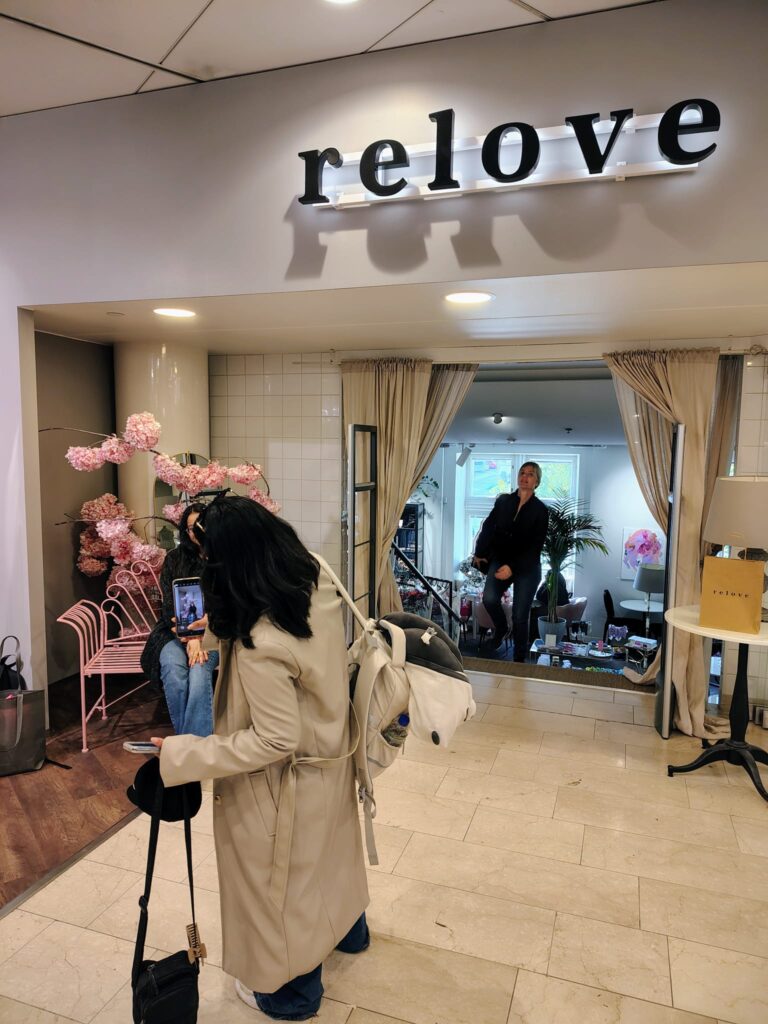 The key to successful expansion lies in finding a balance between sustainability and profitability, adapting the model to local realities. On the other hand, we learned that Marimekko is committed to creating high-quality products that withstand the test of time and are recyclable at the end of their life cycle. This philosophy not only promotes sustainability but also ensures that products continue to be valued over time. However, the perception of high prices for second-hand items, like those I found at Relove, raises questions about accessibility and the perception of value in sustainability.
The key to successful expansion lies in finding a balance between sustainability and profitability, adapting the model to local realities. On the other hand, we learned that Marimekko is committed to creating high-quality products that withstand the test of time and are recyclable at the end of their life cycle. This philosophy not only promotes sustainability but also ensures that products continue to be valued over time. However, the perception of high prices for second-hand items, like those I found at Relove, raises questions about accessibility and the perception of value in sustainability.
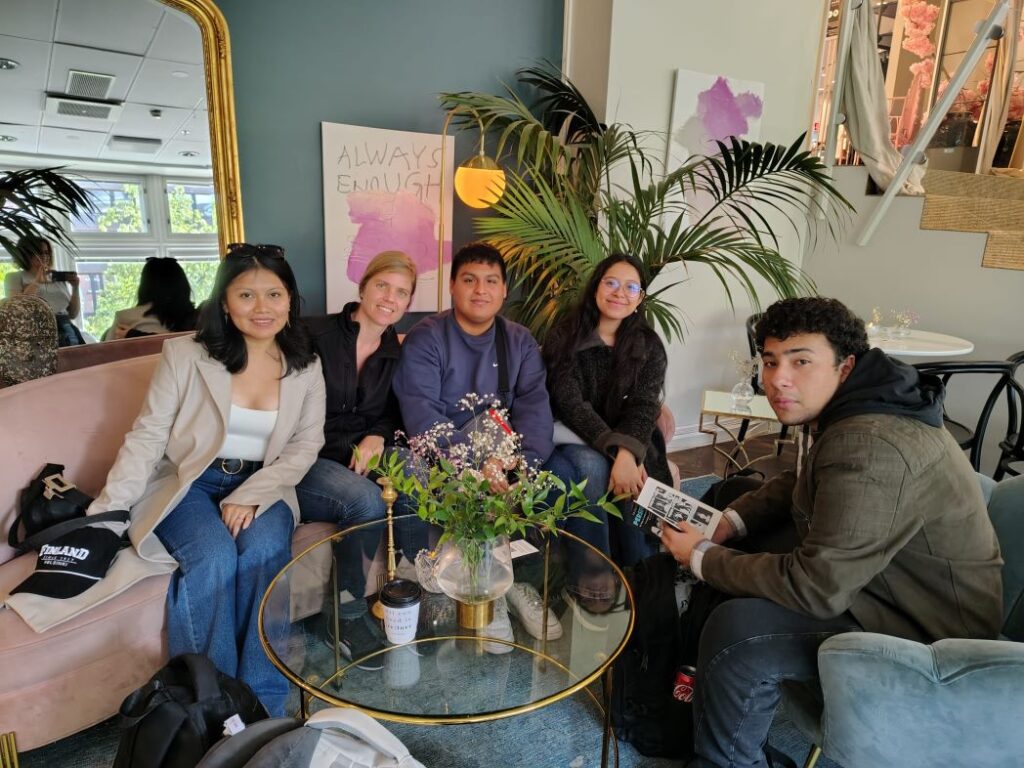
From Finland to Peru: Lessons in Sustainability and Business Culture
In Peru, although sustainability is gaining traction, it is often seen as an additional feature or trend rather than a core part of the business model. Most sustainability initiatives focus on philanthropic or corporate social responsibility aspects, rather than being integrated into the core of the business. In Finland, sustainability is deeply embedded in business practices and public policies. I observed that many Finns are willing to pay high taxes because there is a strong trust that these will translate into effective public policies. On the other hand, society and the business sector in Peru face challenges related to distrust in the public sector and a lack of stringent regulation. Although efforts are being made to improve sustainability, barriers such as a lack of incentives and adequate infrastructure to support large-scale sustainable practices often persist.
Regarding potential collaborations between the two countries and the pursuit of alignment of objectives, the lack of strict regulation in Peru can be a challenge for Finnish companies seeking to ensure that their partners meet international sustainability standards. However, Peruvian companies could benefit from the comprehensive and innovative approach to sustainability that characterizes Finnish businesses. In addition to that, Finnish companies can learn to adapt their practices to different contexts and develop more inclusive and adaptable solutions. Collaborations can foster innovation and create business models that effectively integrate sustainability in various contexts, ultimately getting closer to the true purpose of being sustainable.
Acknowledgement
This visit was part of a collaborative project “Education for sustainable internationalisation of a firm (ESGinMNC)” uniting the PUCP and the University of Vaasa. The project was funded by by the Finnish National Agency of Education, TFK 2023. This project has been coordinated by Aušrinė Šilenskytė, Program manager and researcher at the University of Vaasa, Finland.
